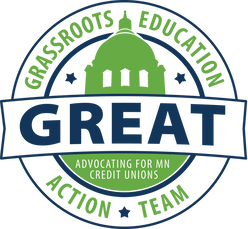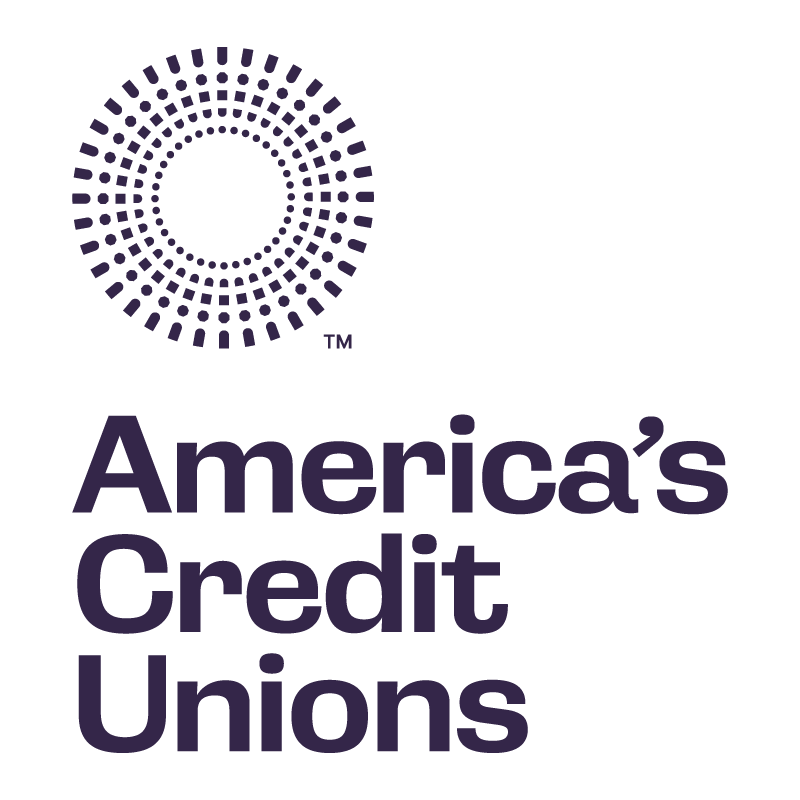|
Join GREAT to help preserve, protect and promote Minnesota credit unions.
|
The Minnesota Credit Union Network 2024 CEO Conference will be held at Pier B Resort in Duluth, MN on Wednesday, June 26 through Friday, June 28.
|
THE PULSE |
Credit Unions in the News |
|
The Pulse is MnCUN's newsletter that keeps credit union professionals and board members updated on current news and information.
|
|
Credit Union Jobs
Upcoming Events
Exclusive Pricing for Credit Unions
|
The NSC develops relationships with vendors to help your credit union meet the financial needs of your members.
|
|






